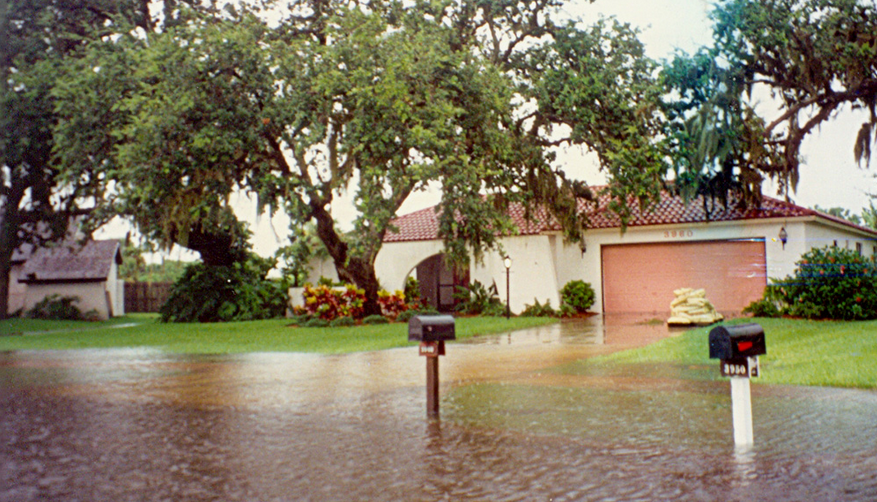
When you own a home, one of the last things you want is water damage to your foundation.
Unfortunately, it can happen – after storms or floods, when pipes break, or after other disaster strikes.
Water seepage through your foundation can cause electrical hazards, lead to dangerous mold and even further undermine your home’s foundation itself.
The professionals at ServiceMaster Restore® are committed to helping you prevent water damage to your foundation.
Check out this expert guide and take steps to protect your home.
How Water Damages Your Foundation
Water can get into your home through existing cracks, or through new breaks in your foundation caused by saturated soil that contracts, expands and shifts underneath your home.
Water then comes in through your basement, crawlspace or slab and can lead to severe water damage in the home.
A compromised foundation can also affect the structural integrity and safety of your home.
Make Sure You Have Good Drainage
The first step to ensuring your foundation is protected is to make sure you have good drainage.
Your yard should slope at least 6 inches over a 10-foot span to keep water moving away from your foundation in the event of rain or moving water.
Keep your gutters clean, too. If they’re full, a big rain will dump sheets of water over the side of the house and straight into the ground, saturating it further and even eroding the ground that supports your foundation.
If you don’t feel comfortable cleaning your own gutters, call in a pro to help.
Keep Your Sump Pump Working
A sump pump is your next line of defense against water damage to your foundation. Certain homes, especially those with basements, feature a sump basin that gathers water from rain or groundwater seepage, which is then pumped safely out via a sump pump.
Water may be pumped into sewage lines, storm drains or dry wells, depending on your municipality.
If you’re installing or maintaining a sump pump in your home, make sure you know the drainage requirements for your town.
Test your sump pump by filling its basin with water. Watch to see that the buoy rises, the pump turns on and the water level lowers.
Test your back-up pump the same way.
Check for Leaks and Repair Them Immediately
Minor leaks can cause damage throughout the home, including your foundation. Take the time to check for leaks under sinks and behind toilets and washing machines.
Look for dark spots where pipes might be dripping on floors, ceilings or walls. See if your toilet is sealed properly and doesn’t rock in its foundation.
Check your roof, too, to make sure water isn’t trickling from the top down.
Your roof may seem like it can’t affect your foundation, but remember that all water falls – it’s important to keep your home dry throughout if you want to prevent water damage at the base.
Inspect Your Foundation
Take a critical look at your foundation to make sure water damage isn’t threatening your home.
Start by keeping an eye out for signs of water damage in and around your home.
Walk the perimeter of your home and look for moisture or mold.
- Do you have standing puddles close to the house after rain?
- Are walls buckling or leaning?
- Have doors or windows become swollen with moisture?
Keep in mind that cracks in your walls could be sign of a shifting foundation.
